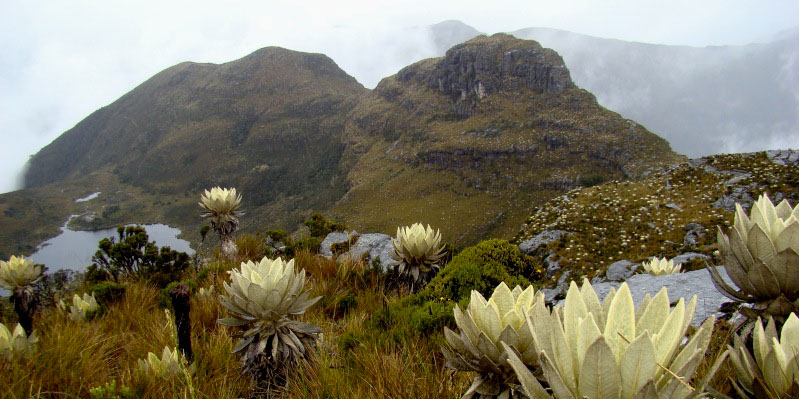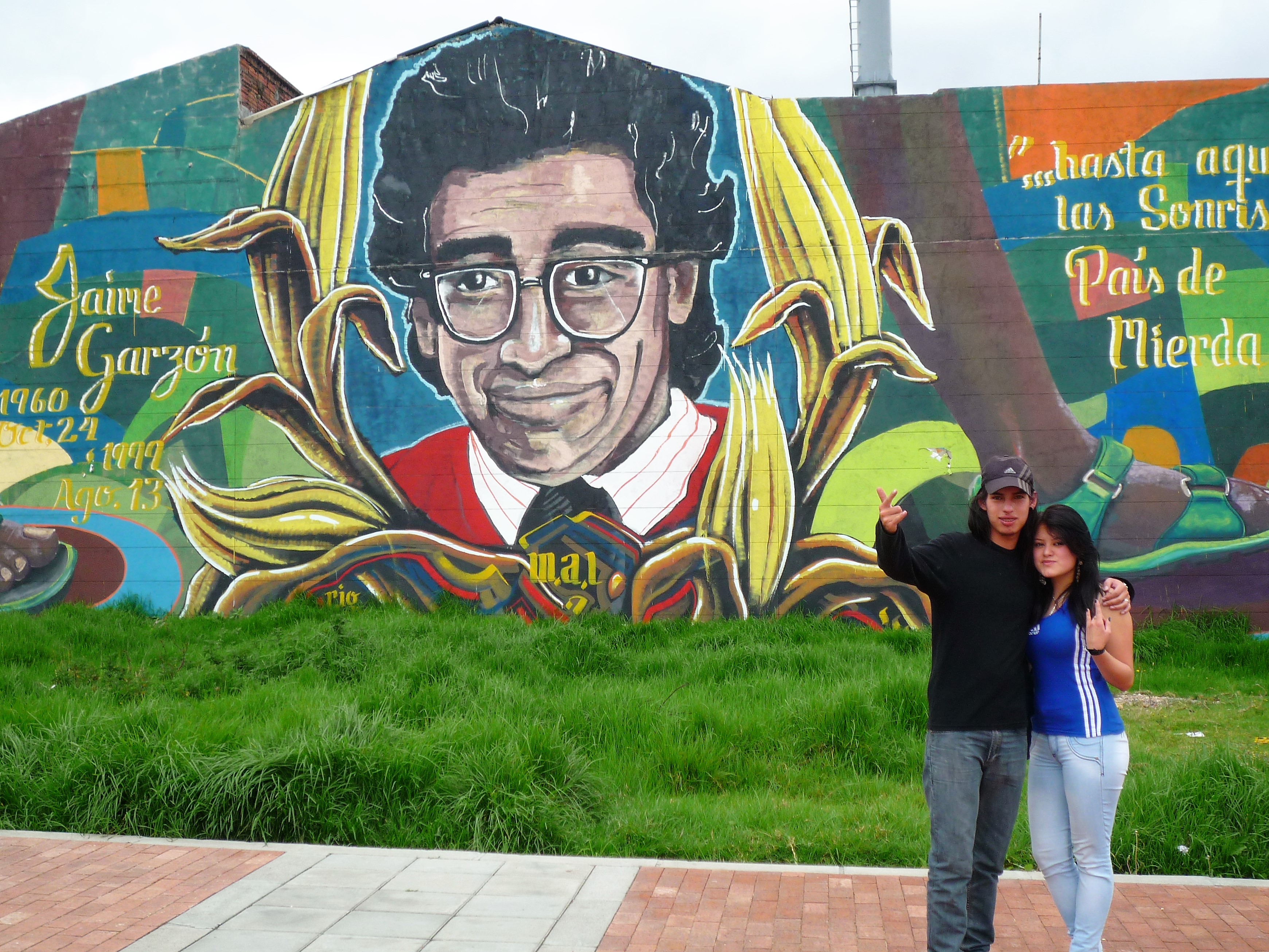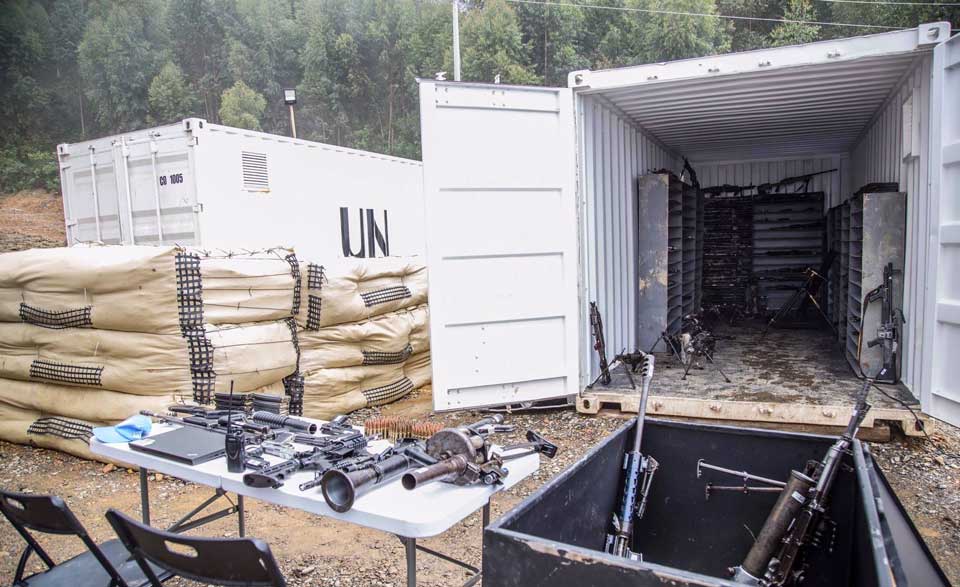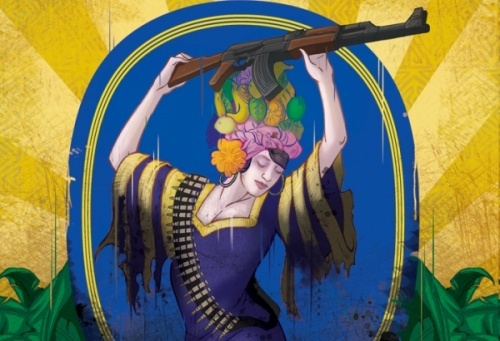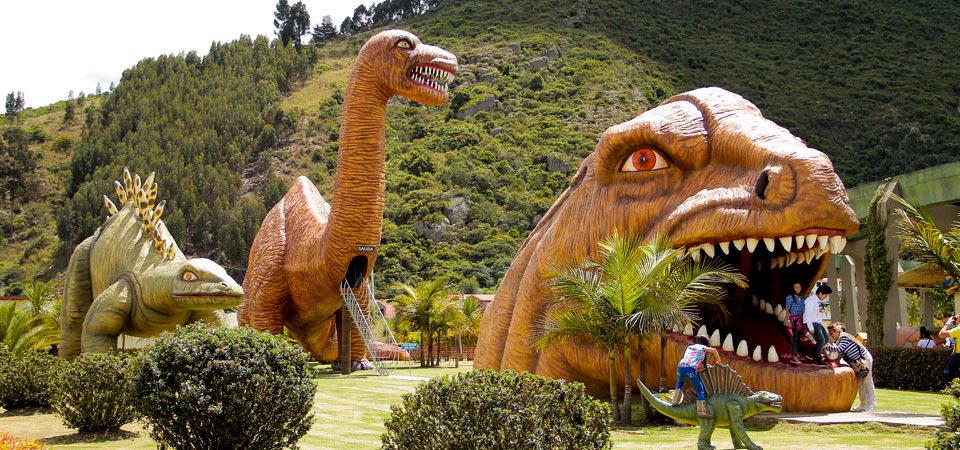This evening, roads will close and the city will gear up for the Ciclovía Nocturna. If that wasn’t enough, there’s also a celebration of the founding of the Ciclovía itself on Friday afternoon. We spoke to Julián Andrés Alfonso, historian of Colombian cycling, who says “Ciclovía gives public space back to the people, I believe that’s the centre of its identity.”
“Ciclovía gives public space back to the people, I believe that’s the centre of its identity.”
JuliÁn Andrés Alfonso
The Bogotá Ciclovía is a city institution, of course, but if you’re new to la nevera, we should explain. On most Sundays and holidays, over 120km of city roads are closed or limited for regular traffic and opened up to the public. Around one and a half million people (approx. a fifth of the entire population) head out to enjoy the event on an average Sunday. As Bogotá is effectively a fifteen minute city, there’s a strong tradition of cycling.
It’s close to many rolos’ hearts, explains Julián. “I believe that the Ciclovía was born as a citizens’ initiative and although it’s now managed by the state, it’s synonymous with Bogotá because the people themselves have created a bicycle culture that is reflected in the Ciclovía which takes advantage of public space.”
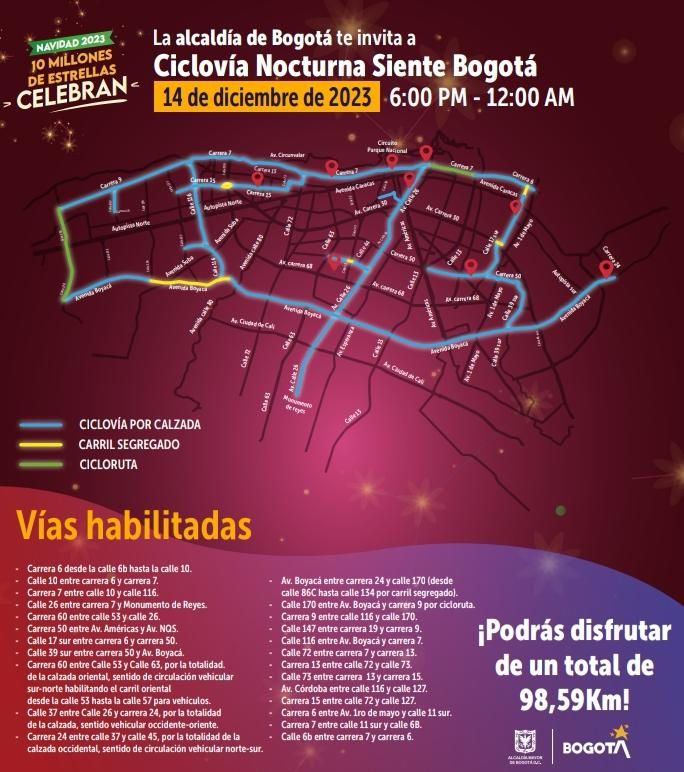
“I also consider that Ciclovía promotes civic values,” he continues, “which allows it to create an identity for the city. People are fond of the fact that it gives a new use to the spaces so that the streets are not always for cars and motor vehicles. Once a week, the streets have another feeling.” With transport in Bogotá often being problematic, it’s a welcome weekly respite.
The original idea was for cyclists, as Bogotá has a rich bicycling history, but it has morphed with time to be open to all. It may not appeal to hardcore MAMILs, but it’s inclusive and open to all. You’ll find dog walkers, skaters and strolling families alongside cyclists from tallbikers to fixie kids and unicyclists.
What’s going on tonight and tomorrow then?
The Ciclovía Nocturna is pretty self explanatory – the same idea, but at night rather than holiday mornings. It kicks off at six pm, as the sun goes down, lasting until midnight. It’s a little shorter than the regular version – clocking in at just under 100km of closed roads. Julián says, “Nocturna is an opportunity to show that the city is walkable, cyclable and skateable at night.”
He goes on to say “It’s also taking advantage of the December season, colourful and illuminated.” Particularly busy spots for this will be the lights along Séptima between Plaza Bolívar and Calle 26, as well as most parks. If it’s cold, look for a carajillo. Colombia’s answer to hot toddies, these are black coffee with a swig of aguardiente.
Crime and security are always worries in Bogotá, and Julián says we need to, “Reduce the view that the night is dangerous and unsafe.” He continues, “The night is also a time to give life to the city. We don’t have dangerous spaces, just empty spaces.” Also, there will be plenty of police about, on and off their own bikes to make sure there’s nothing to worry about.
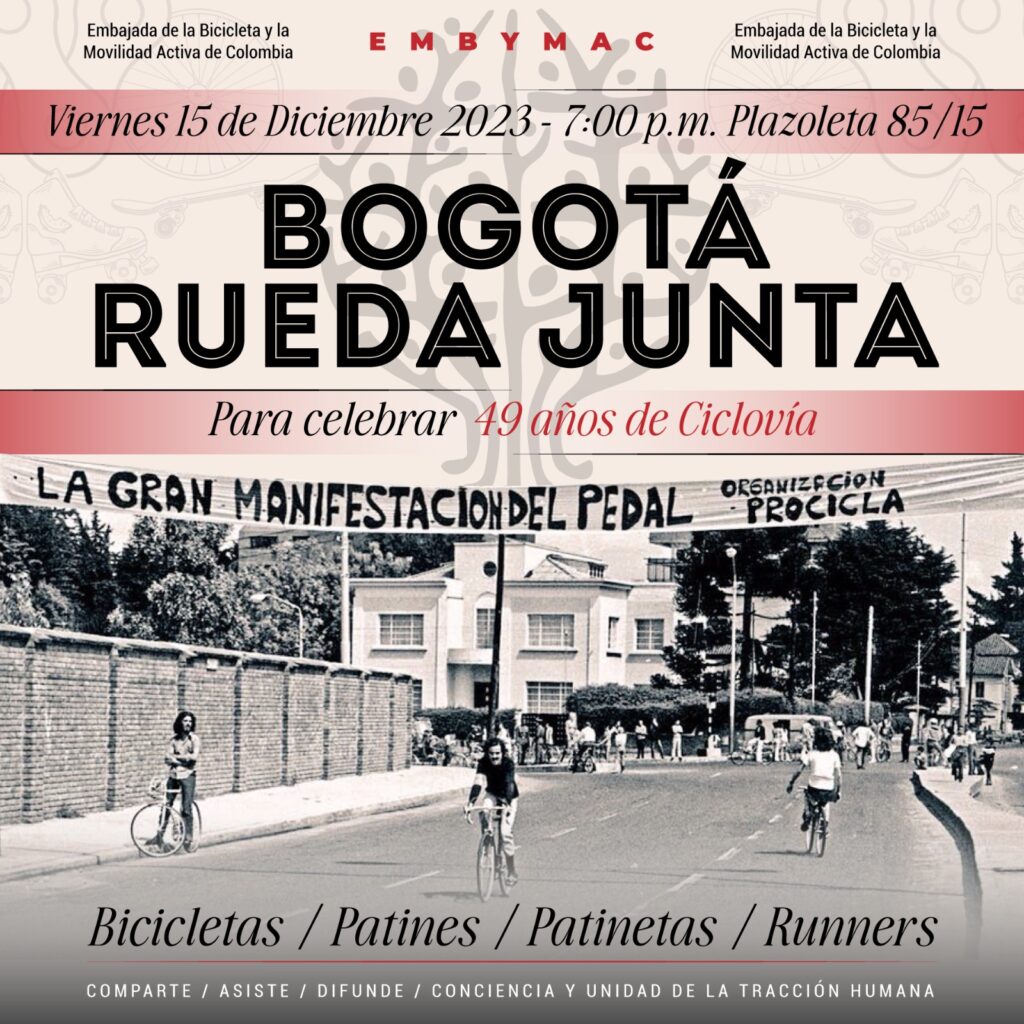
If the night time Ciclovía gets you warmed up, continue that cycling feeling by popping over to the plaza on 85 with 15 on Friday afternoon. At seven o clock, people will start gathering to mark the anniversary of the first event of its type. Julián says the event is “to commemorate the 49 years of the Ciclovía by emulating the first route in ‘74.”
But that’s not all, as he adds “It’s also the launch of a citizen initiative to celebrate the 50th anniversary in 2024, bringing together national and international activities to celebrate this pioneering event that has inspired more than 200 cities across the world.” From here, it’s going to be a year of celebration until this time next year.
What’s behind the Ciclovía?
“The Ciclovía was born on the 15th December 1974,” says Julián. “When citizens’ organisation Procicla, lead by Fernando Caro, Jaime Ortiz Mariño y Rodrigo Castaño Valencia, asked [the local government] to close the roads for a circuit between Avenida Chile and Jimenez, Séptima and Carrera 13 for the enjoyment of cyclists and pedestrians.”
It was generally successful: “This first great pedal gathering was five or six thousand people and there were diverse opinions, some people against it and others for it. The original idea was about reclaiming a space for bike use in the city and an attempt to incorporate bicycles in urban discourse which had until then privileged private motor vehicles.”
Two years later, the event was formally recognised by Mayor Luis Prieto Ocampo in two decrees (566-567). Since then, it has been a rolo tradition. Similar schemes such as Día Sin Carro are unpopular and Julián notes that there have been challenges: “Various people, including mayors, have tried to get rid of it or move it to other spaces, arguing that it blocks traffic. However, in its nearly 50 years, many citizens’ groups have defended the Bogotá Ciclovía. It’s been defended by the people.”
The idea was popular and spread into another 13 major Colombian cities, most notably Medellín and Cali. Since then, various places worldwide have sat up and taken notice, with copycat schemes running all around the world. The OG remains Bogotá, though, so why not trundle out tonight to have a butchers’ at it in action? As Julián says, perfect way to enjoy the city’s Christmas lights, with or without wheels.

